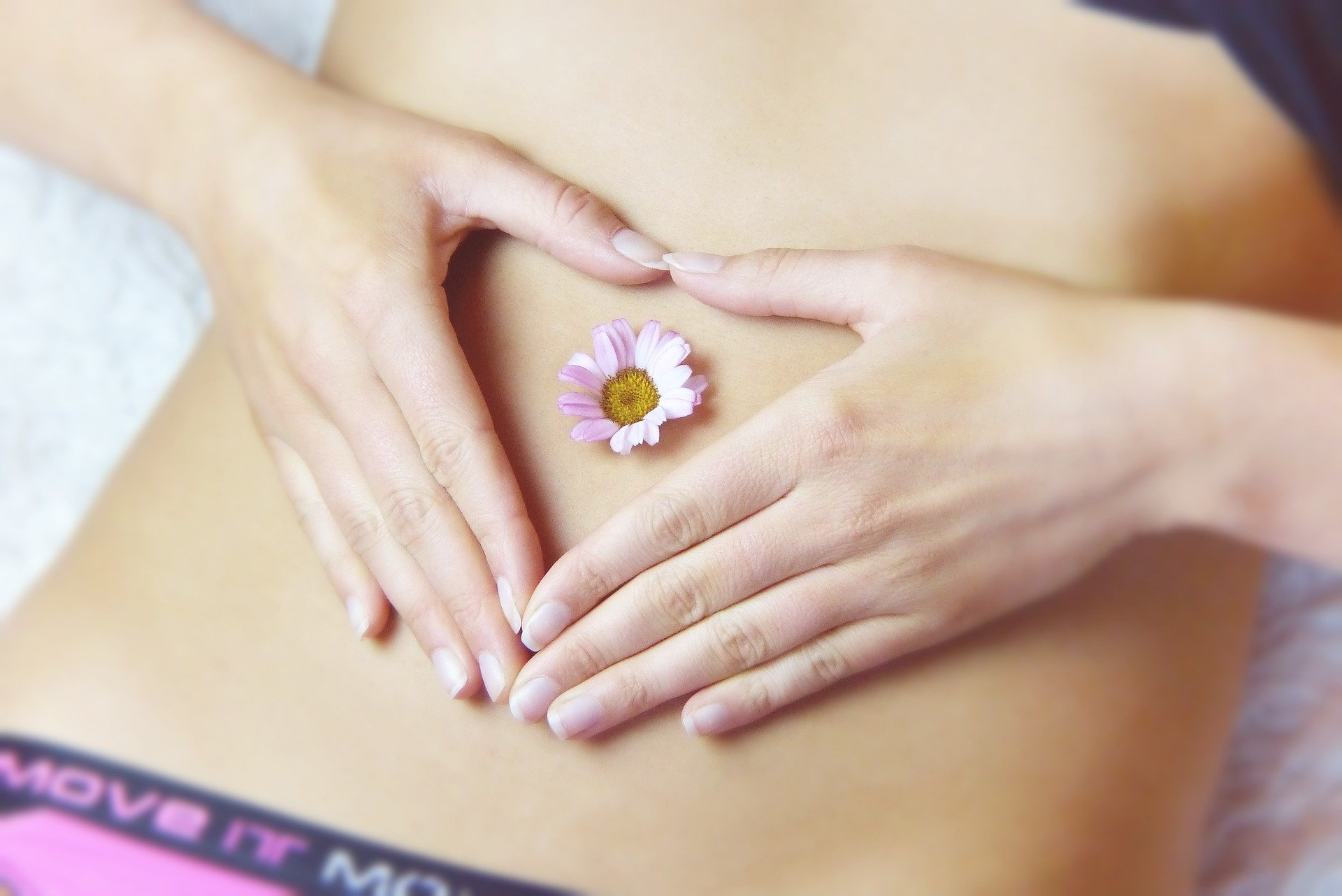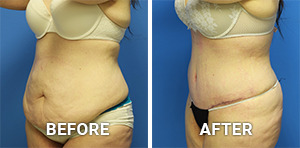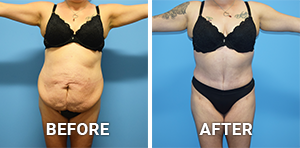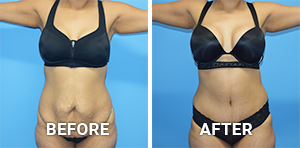Abdominal Liposuction
Conveniently located to serve the areas of Houston and Katy, TX
Abdominal liposuction (“lipo”) is targeted body contouring to slim down your stomach and waist. While it is not a weight loss procedure, it can be very effective for sculpting your silhouette and removing stubborn pockets of fat that are resistant to diet and exercise. Patients who have undergone transformational weight loss may seek liposuction to put the finishing touches on their final results.
Contents
Reduce Your Waistline
Abdominal liposuction is a popular procedure that uses reverse pressure to gently remove superficial fat cells around the stomach, creating a flatter, tighter-looking abdominal core.[1] At Texas Surgical Arts, Dr. Ricardo M. Bonnor M.D, F.A.C.S. specializes in body sculpting using liposuction. Our 360 degree approach to liposuction means that we consider your results in all three dimensions. Contact us to schedule an informative consultation with Dr. Bonnor and learn more about all of our body contouring treatments at Texas Surgical Arts. We proudly serve the Houston area. Call (281) 579-5638 to speak with one of our helpful representatives.
Benefits
- Eliminates persistent belly fat
- Permanently reduces fat cells at the abdomen
- Reveals hidden abs and musculature
- 360 degree lipo creates a slim, smooth body contour overall
- With proper nutrition expect long-lasting results
Candidates
Ideal candidates for abdominal liposuction are otherwise healthy individuals who experience stubborn and persistent bulges of excess fat at the waist and abdominal area. These patients are already at or near their ideal body weight, and so they seek liposuction for cosmetic enhancement, not weight loss. At your personal consultation at Texas Surgical Arts, Dr. Bonnor will qualify your candidacy for abdominal liposuction or any of our other aesthetic enhancement procedures.
Visceral Vs. Subcutaneous Fat
With any cosmetic surgery, it is important to have realistic expectations. Not all belly fat is the same. Most visible bulges at the abdomen are strictly superficial. This upper layer of fat cells near the surface of the skin is known as subcutaneous fat. This type of fat is very treatable with liposuction.[2] Removing subcutaneous fat will often reveal more toned musculature beneath. It creates the most pleasing results for patients. However, there is also fat stored deep within the abdomen, around the organs. This is known as visceral fat. Visceral fat cannot be removed by liposuction. To learn more about what liposuction is able to do for you, we encourage you to contact us and schedule a personal consultation with Dr. Bonnor at Texas Surgical Arts.
Procedure

After proper anesthesia has been administered, Dr. Bonnor will make tiny incisions and use these incisions to inject tumescent fluid throughout the treatment area. This fluid will loosen tightly packed bundles of fat cells for aspiration. The fluid also contains a numbing agent to help control any discomfort during and after the procedure. Using these same small incisions a thin tube or cannula uses reverse pressure to gently remove superficial fat cells around the stomach, creating a flatter, tighter-looking abdominal core.
Recovery
Some bruising and soreness are common and to be expected for the first several days after surgery. You will receive a compression garment to wear to help reduce any swelling. Most patients are able to return to work within a week of their stomach liposuction.
Results
Your results will begin to be noticeable immediately after your procedure. However, it will take at least a couple of weeks for the swelling to go down and the final outcomes to emerge. At six weeks, most patients see a substantial difference in the shape and contour of their silhouette.[3] At three months, you can look forward to appearing more toned and sleek.
How Much Does Abdominal Liposuction Cost in Houston?
Looking and feeling your best can create a boost in self-confidence. If sit-ups and crunches are not eliminating that stubborn belly fat, consider a consultation at Texas Surgical Arts. Financing options are available for qualified patients.
Frequently Asked Questions (FAQ)
Can liposuction get rid of belly fat?
Abdominal liposuction is very effective at eliminating stubborn belly fat. The midsection can be especially difficult for some people to get toned and trim no matter how much dieting and exercising they do. Liposuction targets the superficial, subcutaneous fat. This is the layer of fat that is closest to the skin and what is most likely to cause unflattering bulges along the beltline. Visceral fat, which is located deeper within the abdominal cavity, cannot be treated with liposuction.
Does abdominal liposuction last?
Liposuction patients enjoy long-lasting results from the procedure. That’s because once fat cells are removed from the body, they are gone for good. This creates a lasting improvement in patients who pair their cosmetic surgery with a sensible diet and regular exercise. But the remaining fat cells are still able to increase in size if the patient gains weight.
What is the recovery time for liposuction?
Liposuction patients will be able to return to work and other regular activities within a week of surgery. But they are still urged to take it easy for the following six weeks until the swelling has completely subsided.
References
- Shridharani, S., Broyles, J., & Matarasso, A. (2014). Liposuction devices: technology update. Medical Devices: Evidence and Research, 241. doi: 10.2147/mder.s47322
- Seth, A. K., Lin, A. M., Austen, W. G., Gilman, R. H., Gallico, G. G., & Colwell, A. S. (2017). Impact of Patient Subtype and Surgical Variables on Abdominoplasty Outcomes. Plastic and Reconstructive Surgery, 140(5), 899–908. doi: 10.1097/prs.0000000000003816
- Najera, R. M., Asheld, W., Sayeed, S. M., & Glickman, L. T. (2011). Comparison of Seroma Formation following Abdominoplasty with or without Liposuction. Plastic and Reconstructive Surgery, 127(1), 417–422. doi: 10.1097/prs.0b013e3181f95763





